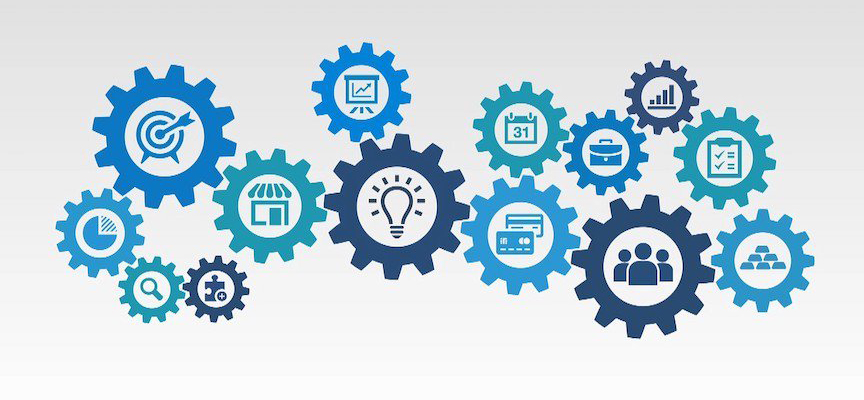Billing Automation’s True Advantage: Business Agility
In many ways, the very nature of corporate finance is undergoing significant changes as businesses strive to innovate in all areas of their organizations. That’s particularly true given the rapid proliferation of creative pricing and business models. These new ways of doing business – think subscriptions, consumption pricing, and new ways of bundling/packaging – have quickly swamped the capabilities of traditional (and outdated) billing systems that rely far too much on labor-intensive, time-consuming manual intervention.
Yesterday, the challenge was straightforward: publish a catalog of offerings, assign fixed prices, sell the products, ship the products, and then send a bill for the products. Today, customers are demanding to be treated as a “segment of one” with unique pricing and billing terms. The complexities of these new business models can create hundreds of unique contracts/agreements, nuances, and bottlenecks that present degrees of variability and risk that must be properly managed – a task that traditional billing systems are wholly ill-equipped to handle.
Subscription, Consumption, On-Demand: Pricing is the Innovation
Freed from the constraints of “your father’s billing system,” companies are quickly responding to consumer demands and rewriting the rules for pricing, terms, and payments. That’s because, today, pricing itself has become an innovative feature and competitive differentiator.
- Unique Sales Agreements – One size doesn’t fit all any longer. Instead, you need the agility to customize sales agreements for each customer. For instance, one RecVue customer, ACI Worldwide, processes millions of credit-card transactions each day, charging a fraction of a cent for each one. This intensely competitive segment means retailers have a choice of transaction providers, which means ACI must create separate contracts and pricing for each customer. Today’s billing systems just aren’t built to accommodate a high volume of “snowflake contracts” (no two are alike).
- Transition to Subscription – It’s hard to find a company in almost any sector that isn’t moving to (or at least contemplating a move to) subscription sales. From razors and ink cartridges to network equipment and enterprise software, the momentum to subscriptions is unstoppable – and billing platforms need to support this entirely new world of billing and revenue recognition. (Even automobile makers are selling car subscriptions – an offering that’s finding a strong reception among Millennials.)
- Consumption – Whether it’s mobile-phone data plans or miles per car rental, many consumers prefer the “pay as you go” model, which can be burdensome to billing departments because it requires them to connect to dozens of data sources; aggregate, rationalize, and enhance data; and ensure this happens in a timely and accurate fashion
- On-Demand – On-demand products and services present different billing challenges because the purchase/usage is difficult to pinpoint, and prices for identical services can vary based on a variety of factors including time and distance. For instance, ride-sharing services combine aspects of consumption and on-demand in a single pricing model.
- Volumes – Sometimes the subscriptions are straightforward – such as a video streaming service that offers subscriptions with or without ads – but are the source of tens of millions of customers who must be billed in a timely and accurate fashion. Purely from a volume perspective, this presents a major billing challenge.
Today, billers need more than the ability to calculate a credit-card payment. The variations, permutations, and combinations of different pricing options create an exponentially more challenging billing landscape. However, when the underlying billing platform has the flexibility to support and accommodate these many different options, it creates a sustainable competitive differentiation that can help your organization put distance between you and your competitors.

